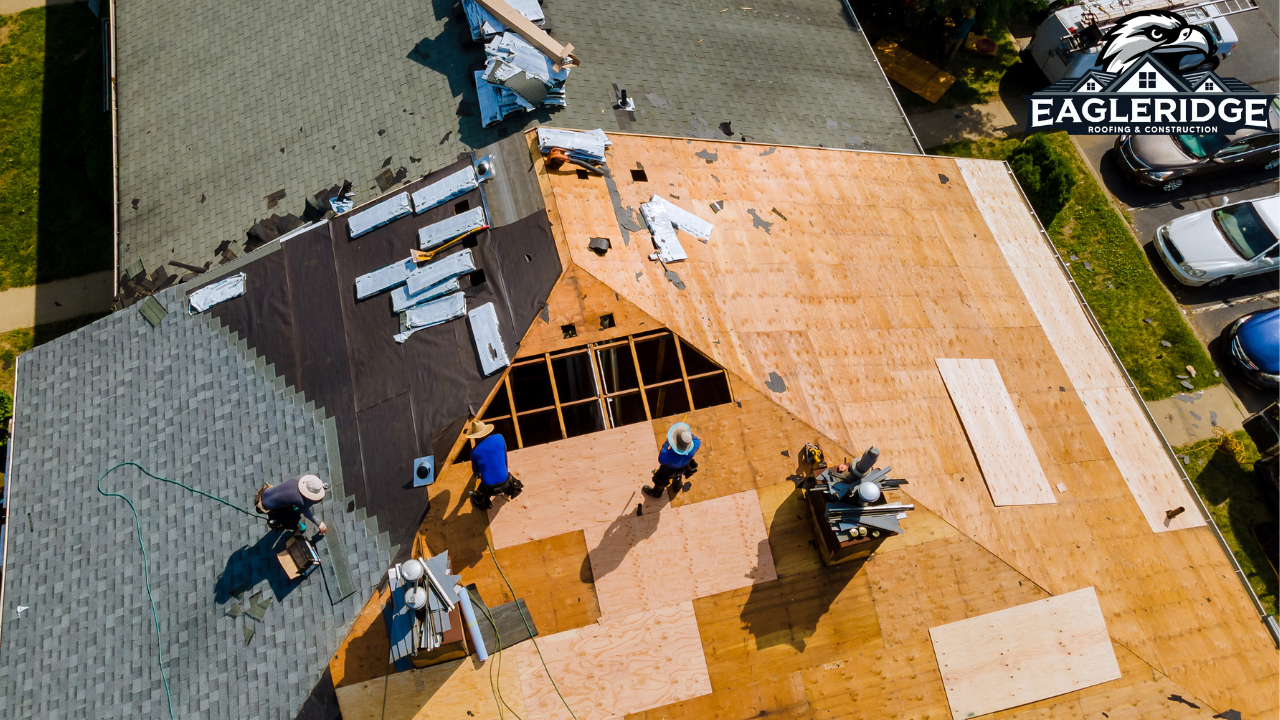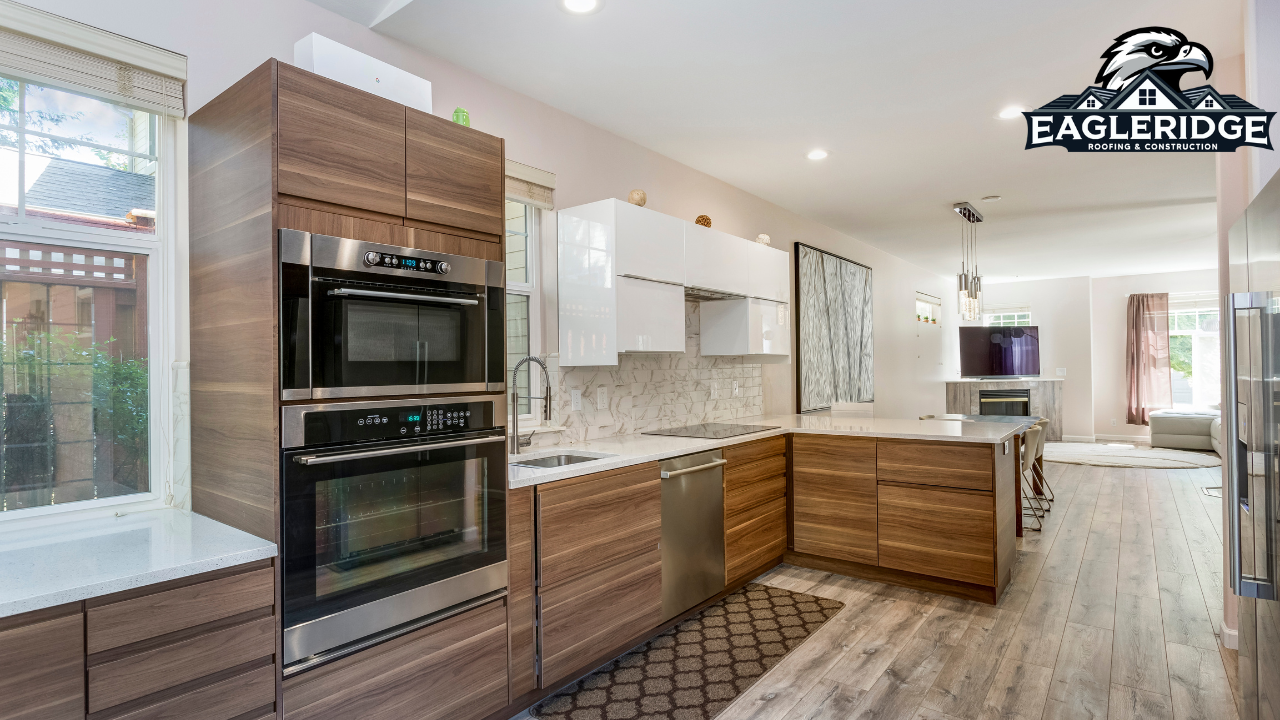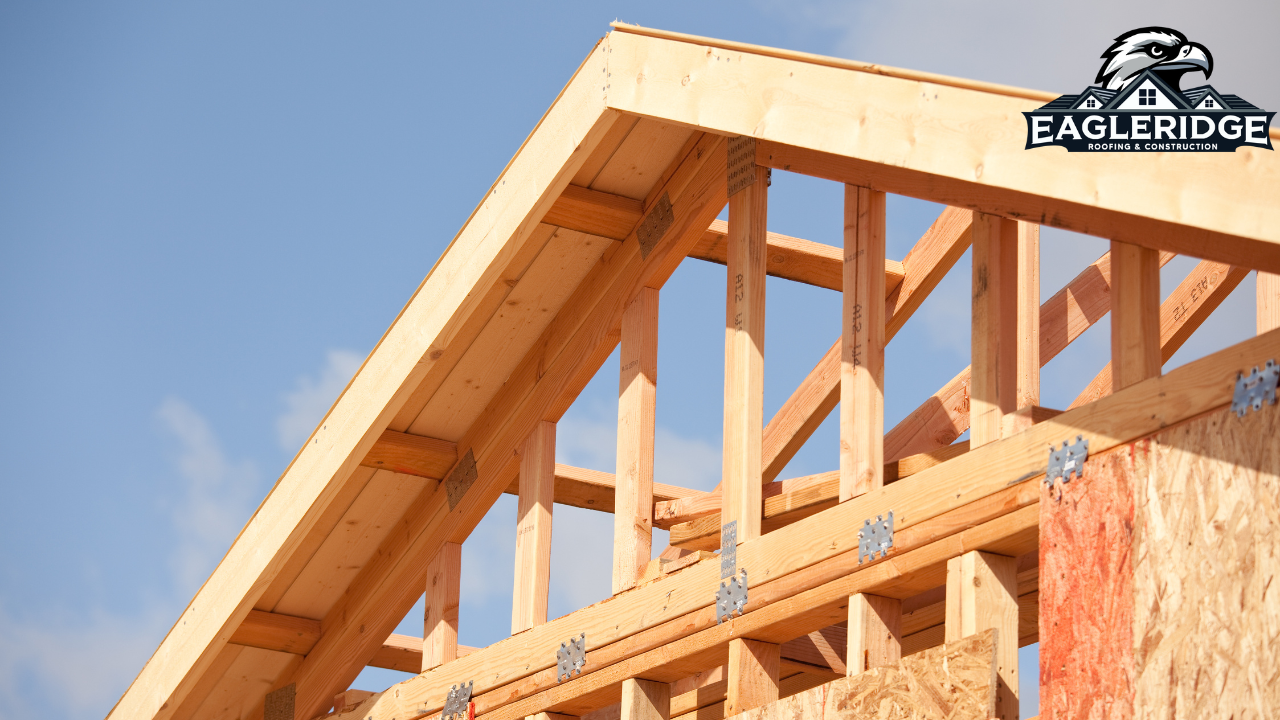When it comes to protecting your concrete basement walls from moisture and water damage, choosing the right waterproof paint is vital. I've found that masonry waterproofing paints, such as KILZ® Basement & Masonry Waterproofer and DRYLOK® Extreme Masonry Waterproofer, are top contenders. These paints utilize advanced technologies to form a robust barrier against water infiltration, making them ideal for basement walls. However, their effectiveness relies heavily on proper surface preparation and application. Before you start, it's important to understand the specific needs of your basement walls and the steps required to guarantee a durable and long-lasting finish. Let's explore the details to make the best decision for your project.
TLDR
- Epoxy Paint: Highly durable and effective, epoxy paint prevents mold and mildew, but requires thorough surface preparation and specific mixing[2][5|.
- Masonry Waterproofing Paints: Products like KILZ® and DRYLOK® use nanotechnology to create a water barrier, suitable for both interior and exterior masonry surfaces[BACKGROUND|.
- Surface Preparation: Proper cleaning, removal of efflorescence, and repair of cracks are essential for effective paint adherence and protection[BACKGROUND|.
- Application Method: Multiple coats with sufficient drying time between coats, using a brush, roller, or sprayer, are necessary for optimal results[BACKGROUND|.
- Limitations and Combinations: While waterproof paints are effective, they may not withstand hydrostatic pressure; consider combining with other waterproofing methods for comprehensive protection[BACKGROUND|.
Masonry Waterproofing Paints
When it comes to protecting your concrete basement walls from moisture and water damage, masonry waterproofing paints are your best bet.
These paints are specifically designed for porous concrete and masonry surfaces, forming a strong barrier against water infiltration. Products like KILZ® Basement & Masonry Waterproofer and DRYLOK® Extreme Masonry Waterproofer are highly effective, using nanotechnology and semi-impermeable coatings to prevent water from penetrating the surface[1][4].
These paints are suitable for both interior and exterior use, above and below grade, and can be applied to various masonry surfaces including brick, stucco, and concrete blocks.
They require proper surface preparation and typically need at least two coats for best results. These paints also resist mildew and can be tinted to match your desired color, making them both functional and decorative.
Epoxy Paint Options
Epoxy paint is another robust option for protecting your concrete basement walls from water damage and wear. It's highly durable and forms a waterproof layer, making it ideal for damp basements.
Epoxy paint prevents the growth of mold and mildew, guaranteeing better air quality. To apply epoxy paint, verify the wall surface is clean and free of debris. Apply a primer coat, followed by two coats of epoxy paint, allowing each layer to dry fully before the next application.
Epoxy paints, such as those from Kilz and EPODEX, offer high durability and resistance to water and abrasion. However, they can be more expensive and challenging to apply, especially due to their thick formula and specific mixing requirements[3][5].
Despite these challenges, epoxy paint provides a long-lasting and glossy finish that can withstand significant wear and tear.
Specialized Concrete Sealers
For those looking to guarantee their concrete basement walls are fully protected against moisture and water damage, specialized concrete sealers are an excellent choice.
These sealers penetrate deep into the concrete, forming a strong, waterproof barrier.
Here are three key benefits of using specialized concrete sealers:
- Deep Penetration: Sealers like Ion-Bond Armor and Lithi-Tek 9500 penetrate up to 1.5 inches into the concrete, far deeper than typical sealers, ensuring thorough protection against water and moisture[1][4][5].
- Long-Lasting Protection: These sealers provide a durable, long-lasting barrier that can withstand negative-side water pressure and hydrostatic pressure, preventing water seepage and damage[1][3][5].
- Multi-Faceted Benefits: They not only waterproof the concrete but also densify it, reducing dusting, spalling, and crazing, and can be used on various types of concrete, including high-strength and porous masonry[1][4][5].
Preparation and Application
To guarantee that your specialized concrete sealer or waterproof paint adheres effectively and provides the desired protection, proper surface preparation is paramount.
Surface Preparation Steps
| Step | Description |
|---|---|
| Clean Surface | Remove dirt, dust, and debris. Use a mixture of detergent and warm water to scrub off any stains[5]. |
| Remove Efflorescence | Use a wire brush, efflorescence remover, or muriatic acid to clear white, crystal-like salt deposits[1][4][5]. |
| Repair Cracks and Holes | Fill cracks with hydraulic cement and larger holes with concrete patch. Confirm patches are fully cured before applying the sealer[1][3][5]. |
| Remove Old Paint | Wire brush, sandblast, or use other suitable means to remove old paint for prime adhesion[4][5]. |
After preparing the surface, stir the waterproofing paint thoroughly and apply it using a brush, roller, or sprayer. Start at the top of the wall and work your way down to avoid drips and messes. Apply multiple coats as needed, allowing each coat to dry completely before applying the next[1][2][3].
Key Considerations and Benefits**
When selecting the best waterproof paint for your concrete basement walls, several key considerations can make a significant difference in the paint's performance and longevity.
Key Considerations
- Effectiveness Against Water: Despite its name, waterproof paint often fails to stop continued water seepage through cracks or porous masonry. It may hold water back temporarily but will eventually fail under hydrostatic pressure[1][3][4].
- Moisture Trapping: Applying waterproof paint can trap moisture inside the foundation wall, promoting further deterioration of the concrete or mortar and contributing to bigger problems down the road[1][3][4].
- Application Challenges: The process of applying waterproof paint is meticulous and labor-intensive, requiring thorough surface preparation, including removing loose concrete and filling cracks.
This can be time-consuming and may not yield the desired results[1][3][5].
These factors highlight the limitations and potential drawbacks of relying solely on waterproof paint for basement waterproofing.



